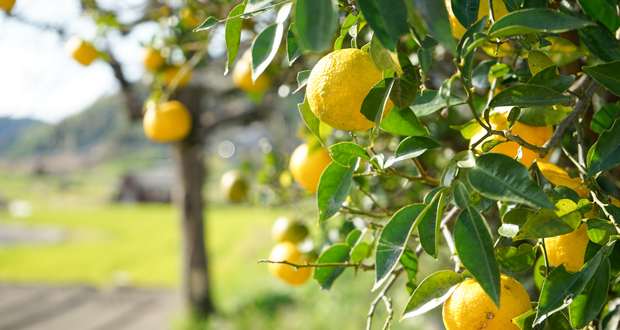Exotic fruits keep arriving from overseas with foreign names which are hard to remember for those unfamiliar with the language of origin. The Japanese yuzu, a craggy-skinned lemon-like fruit the size of a billiard ball is a recent arrival, now being farmed on a small scale in Australia. It’s in demand for its amazing fragrance in both gastronomic circles as well as luxury cosmetics. This dual identity may have contributed to confusion over exactly what fruit it was – which happened long ago across Asian borders, when the name yuzu was applied in China to the much larger and less exotic pomelo. Likewise the Japanese satsuma, the name for another small citrus (like a mandarin only smaller) – is also applied in Australia to a type of plum (aka “Japanese blood plum”). But the outstanding historical case of shifting fruit names is the Portuguese marmelo “quince”, which was first encountered in northern Europe as marmelada, a gelatinous fruit delicacy you could cut into squares like Turkish delight. By the eighteenth century it steadily became the general name for conserves made with oranges, apricots, apples and even carrots. Since then, the field has narrowed so that marmalade refers by default to conserves made with oranges, and EU regulations restrict commercial use of the name to citrus fruits. Thank goodness that’s settled!
Please login below to view content or subscribe now.
 Campus Review The latest in higher education news
Campus Review The latest in higher education news

